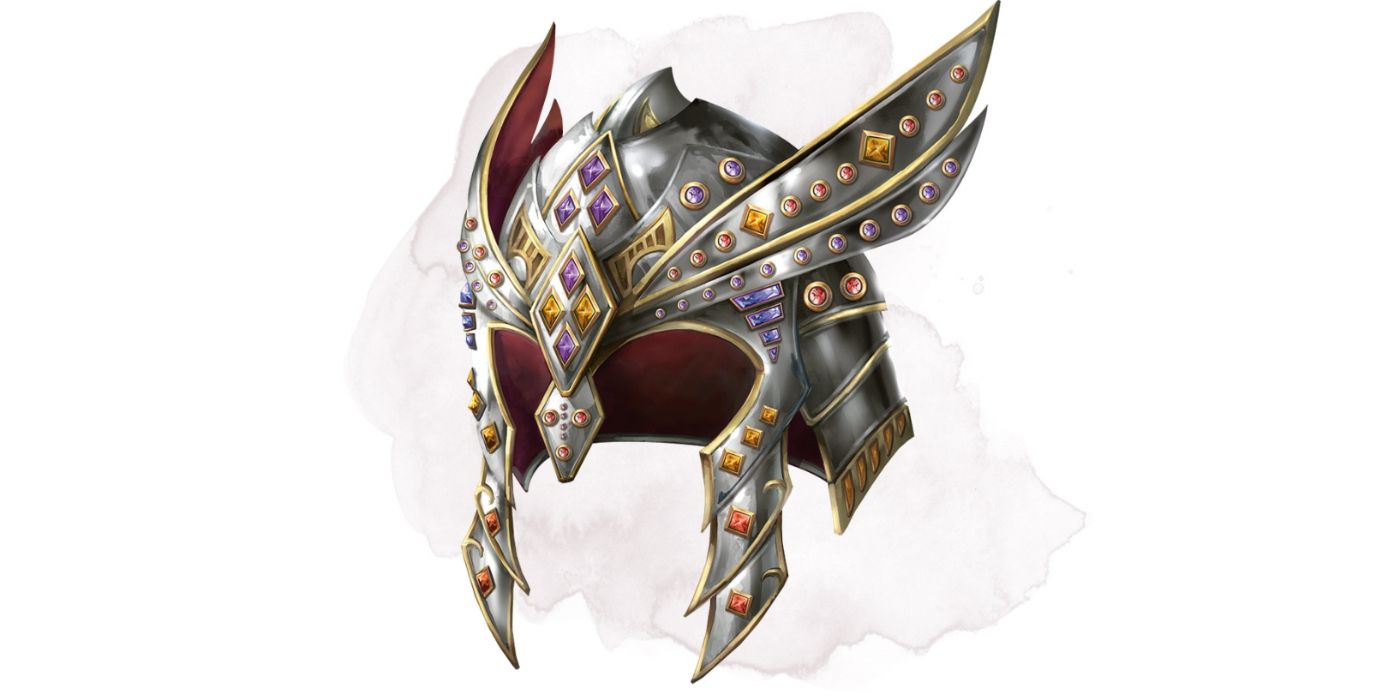

I took a long hard look at my DMing style and decided to embrace change and became a Killer DM, ever since I decided to “let the dice fall where they may!” Over the last ten years I’ve killed at least one character for every player that’s sit at my table. The player told me he would like for the campaign to be more lethal, to allow the death of characters otherwise he felt there was no real danger. One player put his thoughts in writing and something shocked me. When I was planning my new D&D 3 rd edition campaign I asked my players for feedback on what they expected of the new campaign. Up until 2000 I looked at character death as something that should only occur to serve the story, never randomly. My campaigns integrate a lot of character’s back stories, so the death of a player can truly affect the flow and feel of the campaign. (Coincidently the same player that rolled the 1 for the avariel was playing the half-orc that died last night, sorry Pierre…) To this day the moment is a memorable one at my table, fondly remembered as the “Fried Chicken Incident”! The explosion not only killed the character but most of the undead around him and an NPC. The only random death I can remember was late into my AD&D 2 nd edition campaign when a player character, an avariel wearing a Helm of Brilliance, failed a saving throw after a fireball and then had to save for the helm, he rolled a 1 and he just blew up like a small tactical nuke. Somebody would get the chance to help them just in the nick of time and they would survive to fight another day. I used to give lots of breaks, the dice might have killed a character but I’d use DM fiat and leave the character badly wounded.

I can’t remember any death back in the day that did not serve the story. I didn’t use to be a killer DM! When we played Basic D&D, or AD&D, 1 st or 2 nd edition, I rarely killed characters. Now I like to see it as an opportunity.Ĭome and take a walk with me down memory lane… There was a time when I felt like that, when the death of a player character was a disaster. Which means his character was not strongly integrated into the campaigns plotlines so his loss, while sad (he was an interesting character), is not disastrous. This was actually a replacement character of the player his regular character got transported to the other side of the world and was pretty much out of the picture. Scar, the half-orc dragon blooded sorcerer rolled a 1 on his saving throw and died from the maximized Acid Ball (the enemy wizard’s version of Fireball). I wasn’t gunning out for him it was a mixture of chance and strategy. During this game I killed a player character. Meanwhile, Conjurer/Fighters, Conjurer/Clerics and Conjurer/Thieves apply a save penalty to Prismatic Spray.Last night I played a particularly long session of my weekly Pathfinder RPG game. Invoker/Fighters, Invoker/Clerics and Invoker/Thieves apply a save penalty when using both the Sunray and Fireball charge abilities.Without access to priest spells, caster level 1 translates to 14d6 damage to undead from the scaling part of that spell. The Sunray is cast at the user's divine spellcasting level.When they don't have a mage spellbook, they cast at level 1, meaning a minimum damage Fireball (5d6). The Fireball and Prismatic Ray are cast at the arcane spellcasting level of the helmet's user.The three spells contained in the helmet are cast as fast as it takes to drink a potion – there is no extra spell casting time.These include fireball, prismatic spray and the sunray. The helm makes the wearer resistant to fire as well as giving the wearer some spell abilities. The gems glow with an internal light, the source of which can only be magical. Helmet of BrillianceThis helm is made of polished steel and set with diamonds, rubies and fire opals.


 0 kommentar(er)
0 kommentar(er)
